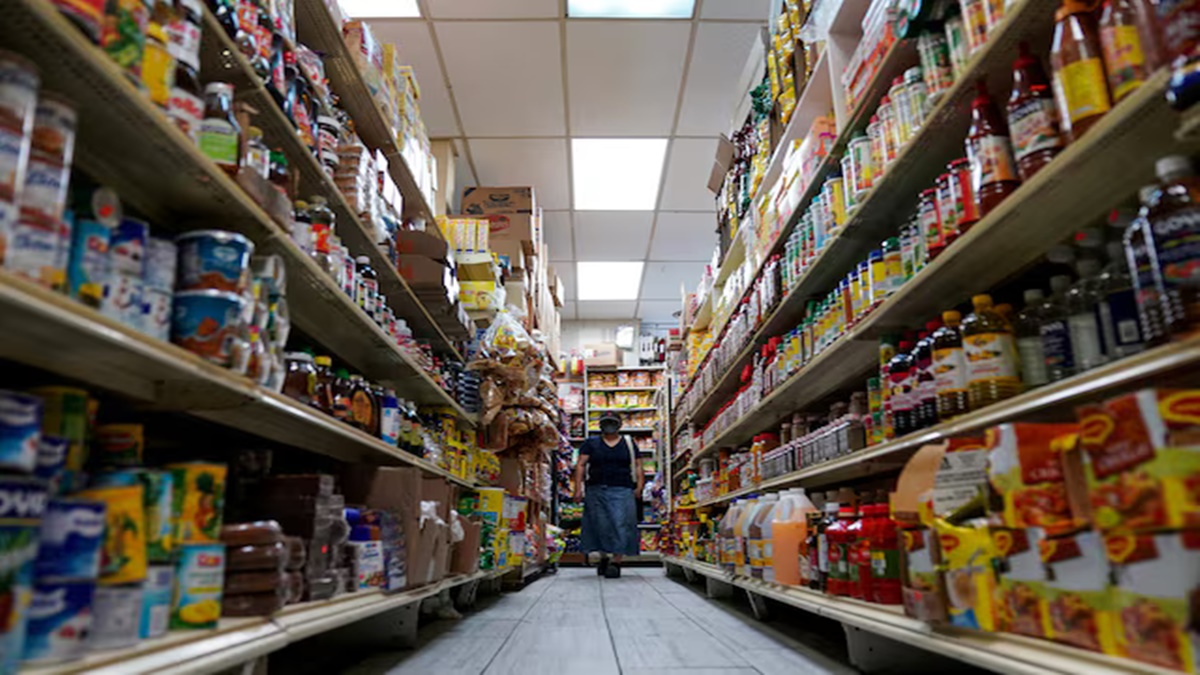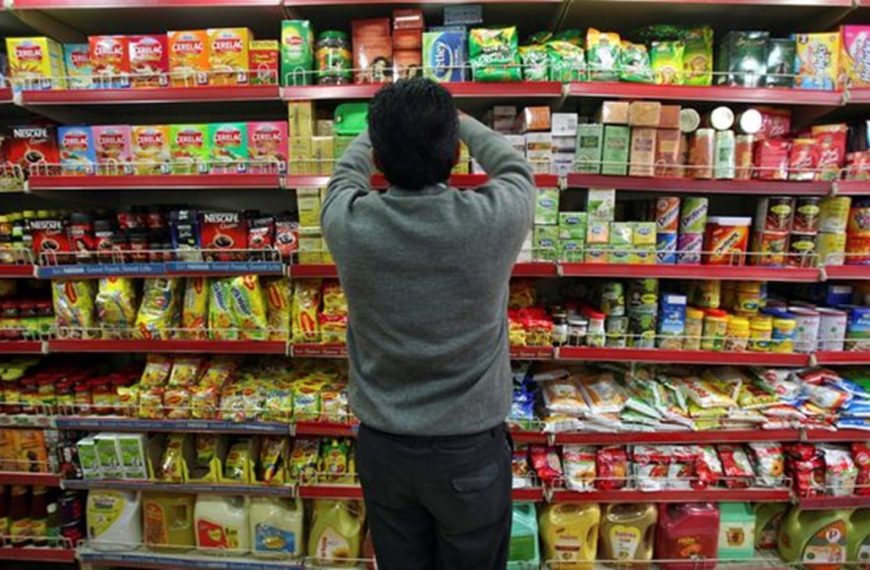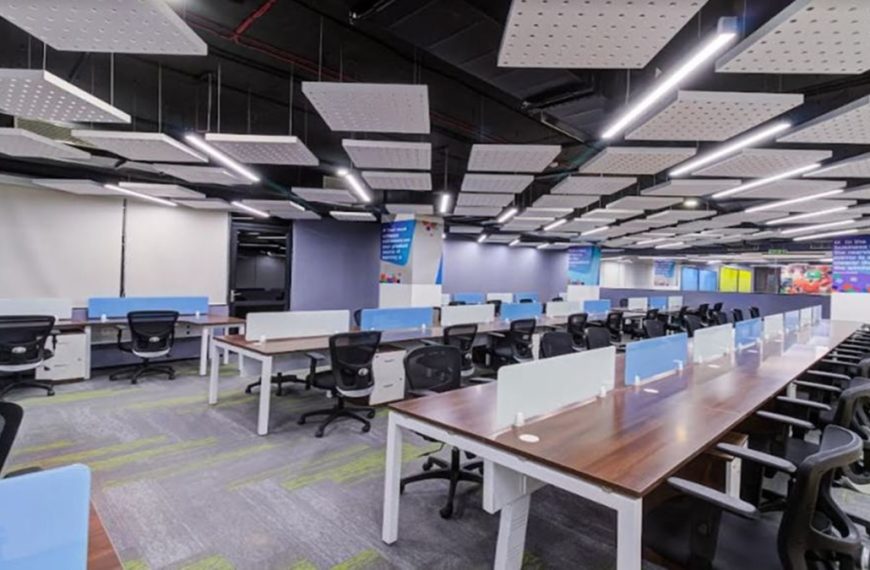The fast-moving consumer goods (FMCG) sector experienced a sluggish performance in the December quarter, grappling with macroeconomic challenges in Western markets and a noticeable dip in urban demand. However, optimism is on the horizon, as Centrum Institutional Research highlights a potential rebound driven by the resurgence of consumption in domestic markets. The report suggests that the recovery in rural demand could significantly uplift the sector in the coming months, alongside a trend of decreasing rural inflation and a gradual increase in real wages.
Q3 Performance Insights
In the third quarter of the fiscal year, the FMCG industry recorded a 10.6% year-on-year growth in value, a significant increase from 5.7% in the previous quarter. Moreover, the volume growth surged to 7.1% annually. A detailed report by Anand Rathi reveals that rural demand surged, outperforming urban demand by a factor of two, with rural volumes growing by 9.9% compared to 5% in urban areas. While rural markets have shown robust growth, urban demand has remained relatively tepid. Yet, recent data from Nielsen suggests that signs of revival in urban consumption are beginning to emerge.
Current Challenges in the FMCG Sector
Elara Capital notes that despite the recovery in rural demand, FMCG sales have been inconsistent over the last two quarters. Factors like delayed growth recovery, urban demand slowdowns, and rising commodity prices have affected FMCG stocks, leading to declines of 10-35% over the past five to six months. Despite these challenges, many companies are now considered attractively valued, trading below 40x FY27e EPS.
Positive Outlook from Industry Leaders
Management discussions within the sector reflect a more optimistic outlook, driven by high revenue prospects supported by rural demand recovery and expanded distribution channels.
Key Earnings Reports from Q3:
- ITC reported a 7.51% dip in net profit to Rs 4,935 crore, yet noted early signs of urban market recovery alongside sustained rural growth.
- Marico experienced a 4.2% increase in net profit to Rs 399 crore, expressing confidence in demand stabilization due to rural recovery and government initiatives.
- Dabur India achieved a net profit of Rs 515.82 crore, marking a slight 1.85% growth, attributing this success to a revitalized rural market, having expanded its reach to over 131,000 villages.
- Nestlé India reported a profit of Rs 688.01 crore, up 4.94%, acknowledging that the recovery in rural consumption has been pivotal for growth.
Economic Landscape in India
The Indian economy is performing better than initially anticipated, with GDP growth for Q3 standing at 6.2%, albeit down from a high base of 9.5%. Despite facing a slowdown, projections indicate that growth might remain below potential in the short term, partly due to tariff decisions by the U.S. government.
According to Crisil, India’s real GDP growth is forecasted to stabilize at 6.5% in fiscal 2026, despite uncertainties from geopolitical tensions and trade issues. The forecast is based on two assumptions: a typical monsoon and continued soft commodity prices, which are expected to influence discretionary consumption positively.
Government Strategies for Demand Recovery
To stimulate demand, the Indian government is implementing measures such as enhanced capital spending and tax reforms. In the recent Union Budget, Finance Minister Nirmala Sitharaman proposed a 10.08% increase in capital expenditure to Rs 11.21 lakh crore for the next fiscal year, aiming to bolster consumption and economic activity.
Driving Growth Through Strategic Moves
Mergers and acquisitions are increasingly becoming a favored strategy among companies looking to expand their market presence. Elara Capital notes that FMCG companies may need to pursue acquisitions to foster growth and adapt to the competitive landscape, which is evolving with new distribution channels and direct-to-consumer models.
In summary, while the FMCG sector faces immediate challenges, the potential for recovery driven by rural demand and strategic corporate maneuvers presents a promising outlook for the future.











